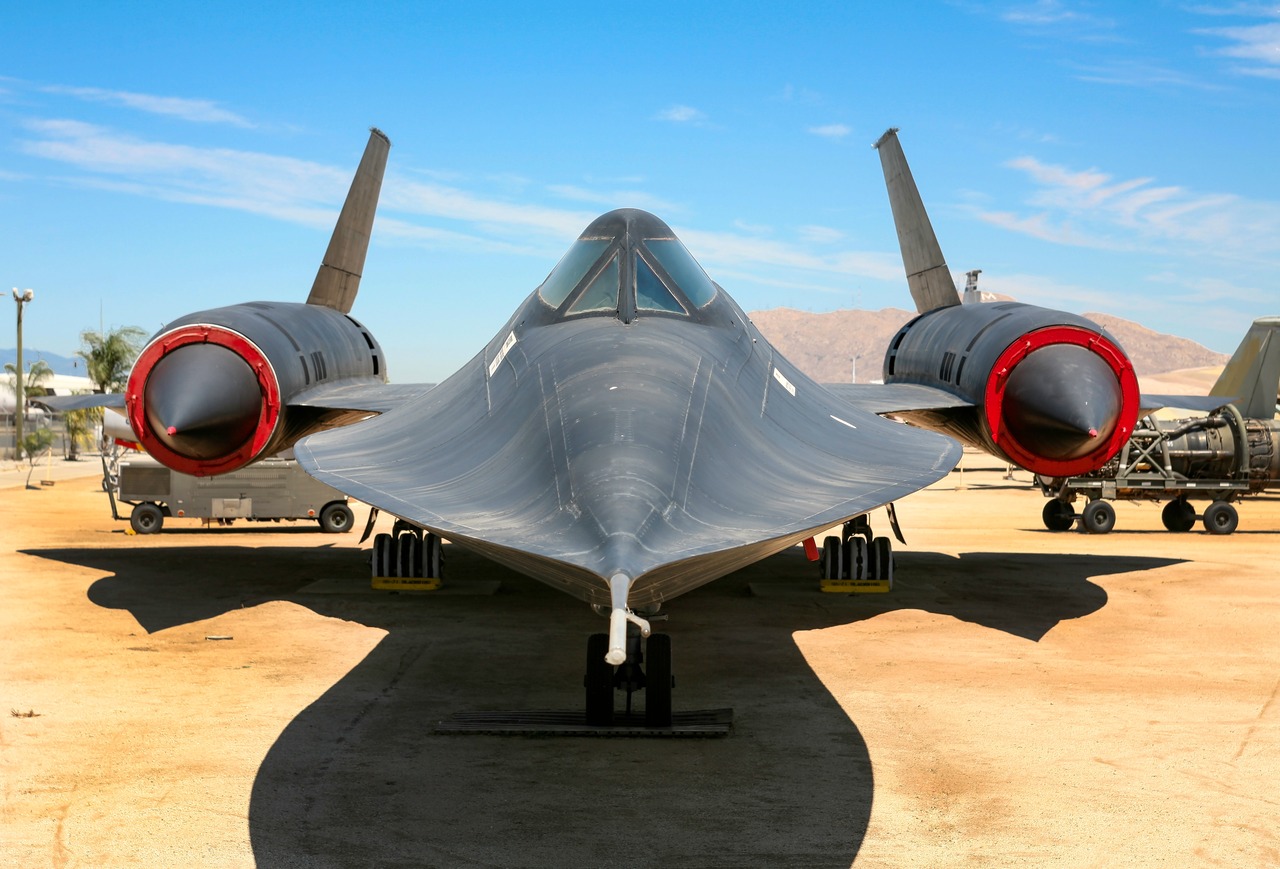
These 3 American Aircraft Redefined What It Meant to Fly “Fast”
The SR-71 was so fast that when fired upon with a surface-to-air missile, the SR-71 could simply accelerate and outrun it.
Perhaps no aspect of human flight captivates the public’s imagination like speed. The ability to break free from the binds of gravity, transcend the sound barrier, to transport oneself over vast distances—all aspects of flight related to speed. And while commercial airliners move fast relative to other forms of commercial transportation, and indeed, are the fastest most people will ever travel at any point in their lives, commercial airliners are slow relative to the speeds modern technologies can achieve in flight. While all commercial airliners operate at subsonic speeds (save for the now-retired Concorde), military aircraft routinely operate at supersonic (and hypersonic) speeds—that is, at speeds exceeding the sound barrier. Let’s take a look at a few of the fastest American aircraft ever flown.
North American X-15
Operated by both the U.S. Air Force and NASA, the X-15 is the fastest aircraft ever flown. Even today, nearly sixty years after the X-15 was last flown in 1968, the aircraft still holds speed and altitude records. The X-15’s top speed: Mach 6.7, or 4,520 miles per hour. That’s nearly fast enough to fly from New York to Los Angeles—and back—in just one hour.
For propulsion, the X-15 initially relied upon two Reaction Motors XLR11 liquid-propellant rocket engines, which provided 16,000 pounds of force in total. By 1960, however, the XLR11 was upgraded to the XLR99, which offered 57,000 pounds of thrust—and allowed for record-breaking speeds.
Lockheed SR-71 Blackbird
The most recognizable of the fast aircraft ever flown is the SR-71 Blackbird. Distinctly shaped, like something from a Batman film, the SR-71 was long and heavy and had a top speed of Mach 3.4, or about 2,600 miles per hour. (Consider: the SR-71 is the second fastest aircraft ever flown—yet was only 50 percent as fast as the X-15.)
The SR-71 was used in a surveillance and reconnaissance role and was so fast that when fired upon with a surface-to-air missile, the SR-71 could simply accelerate and outrun the missile. Accordingly, the SR-71 became a Cold War asset, used to photograph behind enemy lines in the Soviet Union and its allies, like Fidel Castro’s Cuba.
For propulsion, the SR-71 relied on two Pratt & Whitney J58 turbojets which were capable of providing 25,500 pounds of force each, good for a thrust-to-weight ratio of 5.23.
Bell X-2 Starbuster
Everyone recalls the Bell X-1 that Chuck Yeager used to break the sound barrier for the first time. But few remember the Bell X-2, nicknamed the Starbuster, which was significantly faster. Capable of achieving Mach 3.2, or 2,094 miles per hour, the X-2 was developed to research aerodynamic characteristics of flight at supersonic speeds. The X-2 relied upon a two-chambered Curtiss-Wright XLR25 engine capable of generating 15,000 pounds of thrust.
Only two X-2s were ever built, completing just twenty flights combined. Both X-2s crashed. The airframe was especially dangerous, prone to inertia coupling, and outfitted with an escape capsule that test pilot Scott Crossfield described as a “way to commit suicide to keep from getting killed.”
About the Author: Harrison Kass
Harrison Kass is a senior defense and national security writer with over 1,000 total pieces on issues involving global affairs. An attorney, pilot, guitarist, and minor pro hockey player, Harrison joined the US Air Force as a Pilot Trainee but was medically discharged. Harrison holds a BA from Lake Forest College, a JD from the University of Oregon, and an MA from New York University. Harrison listens to Dokken.
Image: PJSAero / Shutterstock.com